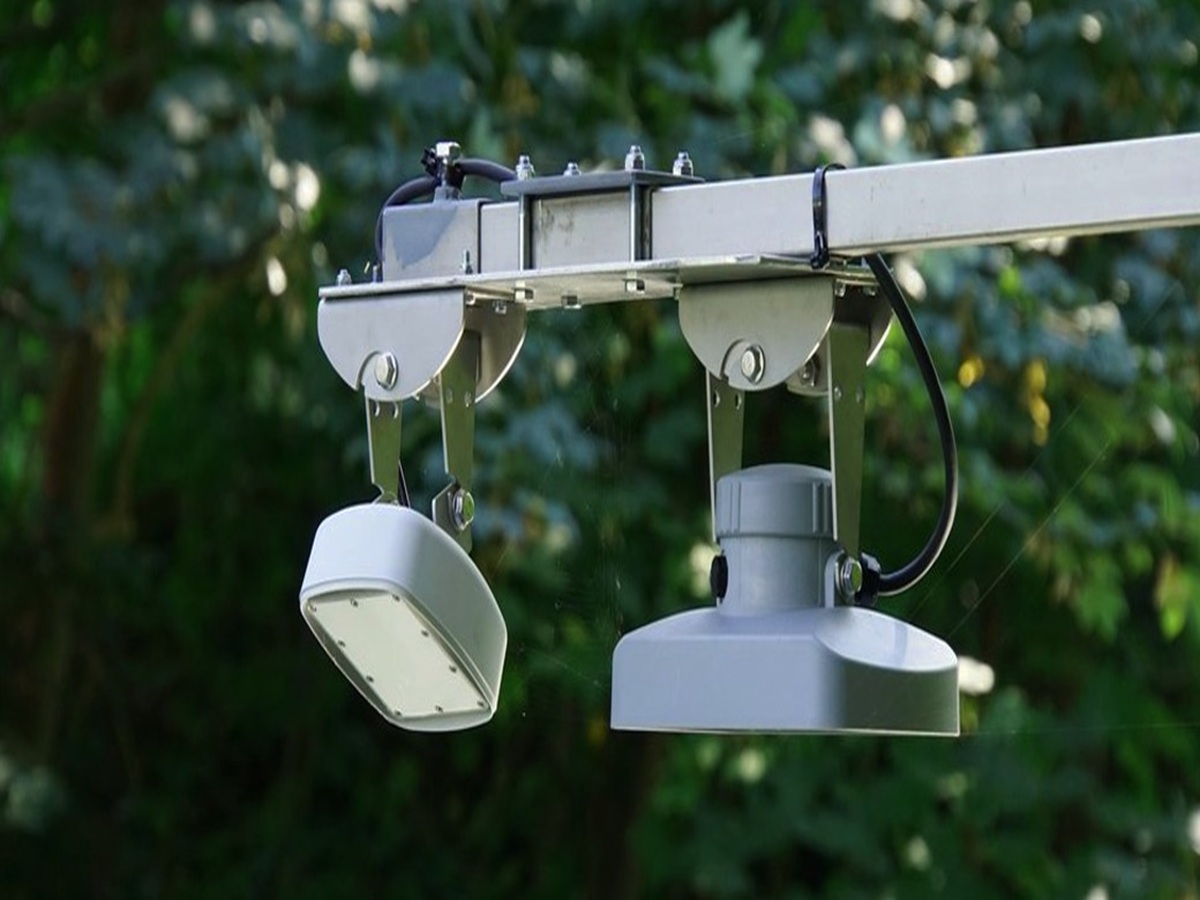Flow and Discharge Monitoring
Flow and discharge monitoring refers to the measurement of water movement and volume in rivers, streams, and other water bodies. This monitoring helps assess water flow rates, identify flood risks, and manage water resources. UTNT provides advanced flow and discharge monitoring solutions using state-of-the-art sensors and data collection systems. These systems allow for accurate tracking of water flow, discharge rates, and other hydrological parameters in real time.

Flow and Discharge Monitoring with UTNT
Flow and discharge monitoring is essential for understanding water behavior in various environments. By monitoring the flow and discharge of water bodies, we can predict flood events, manage irrigation systems, and assess the health of aquatic ecosystems. Accurate data also supports water resource management, ensuring sustainable use of water for agricultural, industrial, and municipal purposes.
Key Parameters Tracked in Flow and Discharge Monitoring
- Flow Rate:
- The system measures the volume of water passing a point over a specified period.
- Water Velocity:
- The system tracks the speed of water flow at various points in the water body.
- Water Depth:
- The system measures the depth of the water to assess the level of discharge.
- Discharge Volume:
- The system calculates the total volume of water being discharged from a specific location.
- Turbidity:
- The system measures the cloudiness of water, which can affect flow and discharge rates.
- Precipitation Levels:
- The system tracks rainfall or snowfall that impacts water flow and discharge volumes.
Key Features
- Real-Time Data Collection:
- UTNT’s monitoring systems collect live data on flow, discharge, water depth, and other hydrological parameters.
- High Precision Sensors:
- UTNT uses advanced sensors to ensure accurate measurements of flow rate, water velocity, and discharge.
- Remote Monitoring and Control:
- Users can remotely access data, adjust settings, and receive alerts from any location.
- Data Integration and Analytics:
- Collected data is integrated into a unified platform for easier analysis and decision-making.
- Energy-Efficient Operation:
- UTNT’s monitoring systems are designed to operate efficiently in remote and energy-scarce locations.
- Flood Forecasting:
- The system can predict potential flood events by analyzing water flow trends, helping communities prepare in advance.
- Long-Term Data Storage:
- Data is securely stored for long-term use, allowing for trend analysis and historical comparisons.
Benefits
- Flood Risk Management:
- Real-time monitoring helps identify rising water levels, enabling early flood warnings.
- Efficient Water Resource Management:
- Accurate flow and discharge data help optimize the use of water for irrigation, industrial use, and municipal supply.
- Sustainable Water Practices:
- Monitoring supports sustainable water management practices by providing insights into water availability and demand.
- Improved Hydrological Studies:
- Data collected on water flow and discharge helps researchers and environmentalists study river dynamics, water quality, and ecosystem health.
- Enhanced Disaster Preparedness:
- Continuous monitoring of discharge volumes and flow rates aids in disaster preparedness and response, reducing damage caused by flooding.
- Regulatory Compliance:
- The monitoring system ensures compliance with local and international regulations for water management and environmental protection.
- Accurate Data for Decision-Making:
- Reliable and accurate flow data helps policymakers make informed decisions regarding water usage and management.
- Cost Savings:
- By optimizing water use and predicting flood events, UTNT’s solutions reduce the costs associated with water waste, infrastructure damage, and emergency response efforts.
